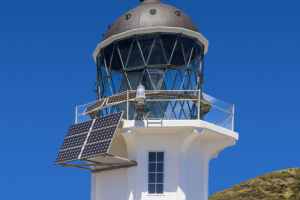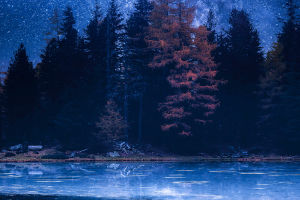Wetlands, forests, and oceans are also known as the three major ecosystems in the world. Since 1997, February two of each year has been designated as World Wetland Day to raise public awareness of wetland protection.
In the summer of 2022, the world is scorching! It is better to take a walk in the wetland park, breathe freely in the "kidney of the earth", release the heat and reap the comfort.
1. The Pantanal
The largest wetland in the world, the Pantanal is flat and slightly sloping, with meandering rivers. Located in Mato Grosso and Mato Grosso do Sul, Brazil, South America, the wetland part is in Bolivia and Paraguay, with a total area of 242,000 square kilometers.
The Pantanal will flood during the rainy season, and more than 80% of its area will be submerged in water. It is the richest concentration of aquatic plants in the world.
The Pantanal is considered the densest ecosystem of flora and fauna in the world. While the Pantanal may seem dwarfed by the neighbouring Amazon rainforest, both are equally vibrant neotropical regions.
2. Okavango Delta
The Okavango Delta, also known as the "Okavango Swamp", is located in the northern part of Botswana, with an area of about 15,000 square kilometres, and is the largest inland delta in the world.
Formed by the flow of the Okavango River into the Kalahari Desert, most of the water is lost through evaporation and transpiration. About 11 cubic kilometres of water irrigate 15,000 square kilometres of land annually, and the excess water flows into Lake Ngami.
The area was once part of Lake Makati Kadi, which almost completely dried up during the early Holocene.
The Moremi Animal Reserve accounts for about 20% of the Okavango Delta and is located in the heart of the Okavango Delta. There are a variety of wild animals in the reserve, such as many elephants, bison, giraffes, lions, jaguars, cheetahs, wild dogs, hyenas, jackals, and various antelopes and red antelopes, which can be seen everywhere.
Birdlife is abundant, including various waterfowl. Moremi has lily-filled swamps, grassy grasslands, and lush forests.
3. Kakadu National Park
Kakadu National Park is Australia's largest national park, covering an area of 1.316 million hectares, located 220 kilometres east of Darwin in northern Australia.
It used to be the Shizhu Autonomous Region. It was named a national park in 1979. Kakadu National Park, a dual cultural and natural heritage, was included in the World Heritage List in 1981 and expanded in 1987 and 1992.
The habitat of tidal ebbs and flows, floodplains, lowlands, and plateaus is an intricate and diverse ecosystem, providing a variety of biodiversity and resources to support numerous forms of plants and animals. With its unique geomorphology and hydrological features, this environment offers an ideal habitat for a wide range of species.
4. Mekong Delta
The Mekong Delta is located at the southernmost tip of Vietnam and the southeastern tip of Cambodia. It is also known as the Jiulong River Plain. It is the most fertile and densely populated place in Vietnam and the largest plain in Southeast Asia.
There is a dense network of rivers here, take a small boat, wander in the crisscrisscrossingls, endless rice fields, and orchards with fragrance in all seasons, enjoy improved music, taste the sweetness of tropical fruits and southern folk cuisine, and feel the sincere customs of southern Vietnam.
5. St. Lucia Wetlands
The St. Lucia Wetlands are located in the St. Lucia Wetlands on the east coast of South Africa. There have been human activities as early as the early Stone Age. To the north are Swaziland and Mozambique (both are countries in southeastern Africa).
In 1999, it was listed as a World Natural Heritage Site by UNESCO. The vast wetlands, dunes, beaches, and coral reefs are famous all over the world, and the number of animal species is countless.
The area is known for having the largest fauna in nature: from large marine mammals such as humpback whales to large land mammals such as African elephants and rhinos.
The St. Lucia Wetland is also the home of South African crocodiles and hippos, as well as the breeding habitat of South Africa's largest leatherback turtle and savage-headed turtle. It is also the place with the highest distribution density of black rhinos in the world.


